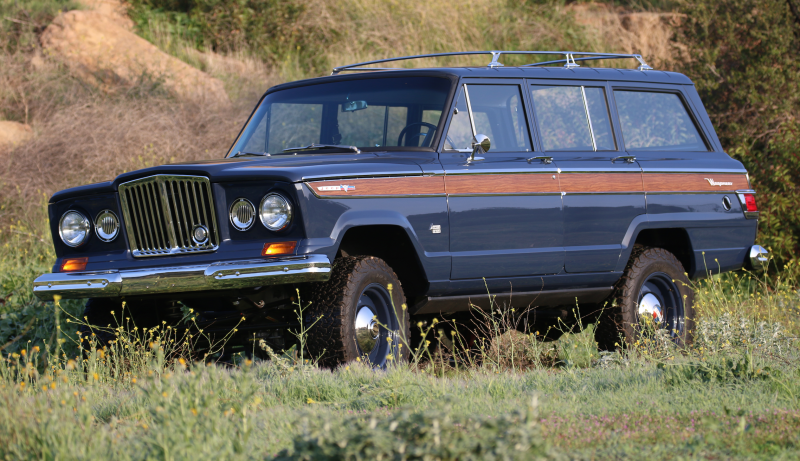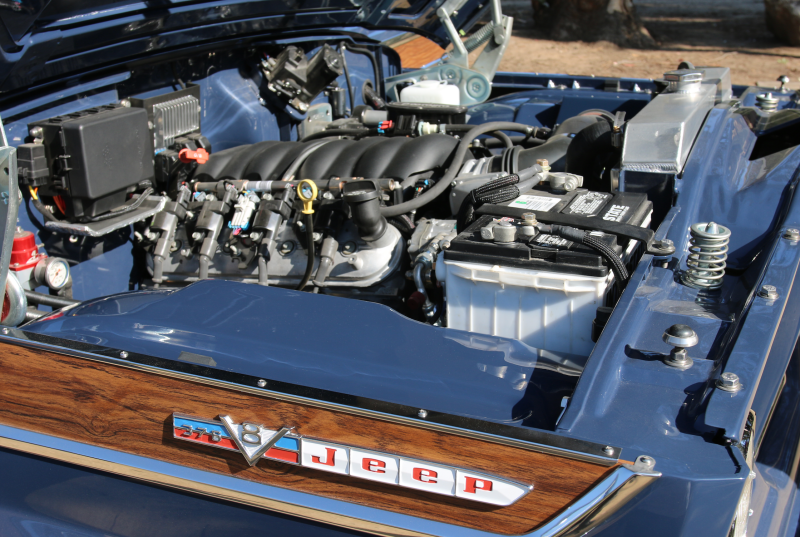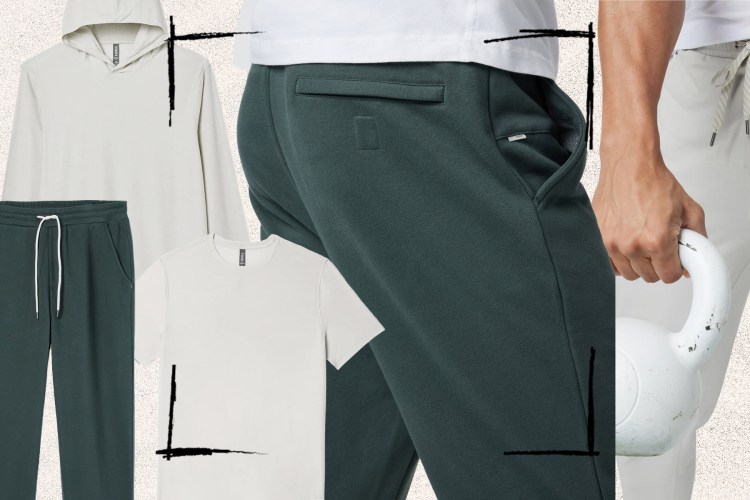As the designer of the Miller Brewing logo, the 1949 Harley-Davidson Hydra-Glide motorcycle and the Oscar Mayer Wienermobile, Brooks Stevens obviously knew how to make iconic creations that left a lasting impression.
Based on what automotive restoration and reimagination shop ICON 4×4 founder Jonathan Ward just did with one of Stevens’ other creations, the Jeep Wagoneer, it appears Ward also knows a thing or two about the subject.

Completed as part of ICON’s Concours-inspired Reformer series—which aims to take classic builds and re-imagine them for modern use—this ’65 Kaiser Jeep Wagoneer was built in California following a commission from a customer who wanted a family beach mobile for cruising the sand along the East Coast.
As the first step in meeting that request, Ward opted for a first-generation Wagoneer model because it had some distinct characteristics that aren’t found in later versions.
“I find in the later versions, there’s just so much plastic going on with those. There are so many compromises the newer they got, after pencil-pusher and focus groups got more power,” Ward told RealClearLife. “We decided we wanted to go with an early example, so we had more of the original design purity and simplicity, and, as it turns out, quality. And I’ve always been a fan of that shovel-nose aesthetic. They just look cool. They’re different.”
Once the original model was in the shop (after Ward obtained it via an ad on Craigslist), the ICON team took the whole thing apart and used a laser scan of the Wagoneer’s body to create a CAD file.
Using that file, Art Morrison Enterprises built a custom steel chassis that could accommodate a modern multi-link suspension underneath as well as perfectly fit the Wagoneer’s body above.

That’s when Ward and ICON really got to work, outfitting the Jeep’s body with faux wood grain trim that wasn’t available on the original Wagoneer and painting it in its own unique shade of blue.
Elsewhere on the outside, the build was able to retain its original bumpers, grille, roof rack and most of its original badging. Under the hood, the Wagoneer features a V8 crate engine sending 420 ponies through an automatic transmission.
On the interior, almost everything has been upgraded, from the display outfitted with metals knobs and buttons to the dashboard with working, period-correct gauges to the seats being covered in UV-stable vinyl from Knoll Textiles decked out in ’60s-era patterns.
All told, the price of the redone Wagoneer fell in the $375,000–$475,000 range. That may seem steep, but some Reformer models can run as high as $1 million. Despite those princely sums, don’t expect to see Ward or ICON featured on a Forbes list anytime soon.
“A job like this is so labor intensive and takes up so many of our resources and so much square footage that, despite the price, it’s actually kind of a shit business model,” Ward said. “We’re not looking for quantity. We’re looking for jobs that excite us and our clients the most. At the end of the year, when we’ve delivered maybe four of these, there’s no money in it. We’re lucky to have a five percent net margin when all is said and done. But they’re important because of the creative lessons learned. They are a stupid business model, but I love them.”
Apparently, the client does as well, as he is a repeat customer and probably will be again based on how pleased he was with the Wagoneer.
“I’ve already built this client several vehicles and every time we are about to start a new one, he says ‘Here’s where I’m going to use it and here’s what we’re going to do with it, so just do it your way.’” Ward said. “It doesn’t really get much better than that.”
Here’s more from Ward:
This article was featured in the InsideHook newsletter. Sign up now.























